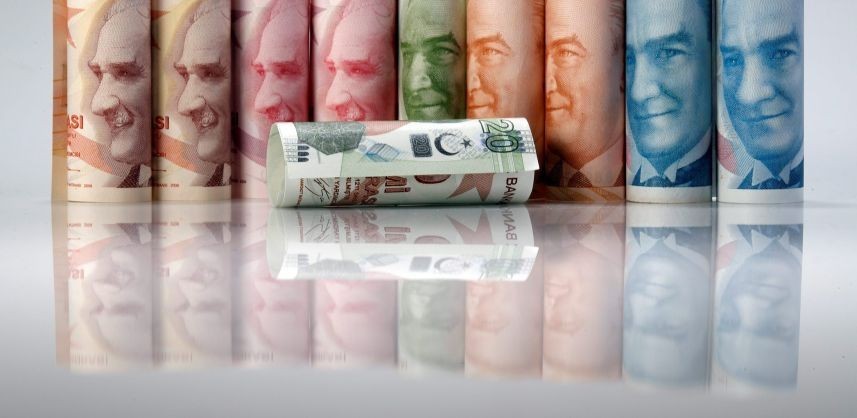High inflation in Turkey and a surge in foreign borrowing by its banks could plunge the country into crisis as soon as next year, according to asset manager GAM, which has cleared its portfolio of all positions in Turkish assets.
Paul McNamara, an investment director at the firm which manages 184 billion Swiss francs ($186 billion) globally, said Turkey was an exception to a broad trend of shrinking balance of payments deficits and rising foreign exchange reserves across emerging markets.
“Turkey is by far and away the country we are most worried about. Turkey looks to us like an accident waiting to happen” McNamara told the 2018 Reuters Investment Outlook Summit.
Double-digit inflation in energy importer Turkey could be exacerbated by oil’s run-up to two-year highs, while a construction boom was another destabilizing factor.
“So, lots of foreign debt – tick; current account – tick; property boom – tick, politics – tick. You go through the list and it’s a recipe for trouble,” McNamara said.
Asked if a Turkish crisis could come as early next year, he replied: “Yes.”
Turkey’s lira TRY= has fallen nearly 15 percent against the dollar since September and bond yields are at record highs around 12 percent.
The country’s central bank raised its year-end inflation forecast to 9.8 percent this month, warning about lira volatility, though Finance Minister Naci Agbal said on Wednesday the government was determined to meet its 2017 budget targets.
Ratings agency S&P Global said this month the economy had responded positively to “strong fiscal impulse”, but stability could falter if policy proved inadequate to curb inflation and currency pressures.
McNamara, GAM’s lead manager on emerging market bond, currency long-only and hedge fund strategies, is less concerned about South Africa, which he views as another emerging market weak link.
The rand has weakened 4.5 percent this year to the dollar ZAR=, its depreciation picking up speed after last month after Finance Minister Malusi Gigaba cut growth forecasts, citing a shortfall in revenues.
Benchmark bond yields are above 9 percent Zar186=.
While seeing South Africa as being “on a long-term path of fiscal deterioration”, McNamara considers investors are paid enough to compensate for risks.
“South African bonds really look cheap, the currency looks cheap, in terms of (real effective exchange rate) or purchasing power…Bonds especially at (the) long end look priced for a worst-case scenario,” he said.
“South Africa’s trade surplus is moving in the right direction suggesting it is competitive.”
S&P and credit agency peer Moody’s are due to publish reports on the continent’s most industrialized country on Nov. 24.
If either cut their local currency rating, the government’s $125 billion stock of rand-denominated debt would no longer be eligible for the world’s big global bond indexes. That could trigger outflows of some $10 billion, UBS has estimated.
Overall, McNamara was bullish on the outlook for emerging markets in 2018, noting robust global growth, stronger external balances and slowing credit growth.
However, a risk could come from a spike in inflationary pressures and a response to that from global central banks.
“What would worry us is not a technically driven selloff but if we get proper inflation and proper policy response to that and we see the dollar coming back,” he said.
Source: haaretz.com




































